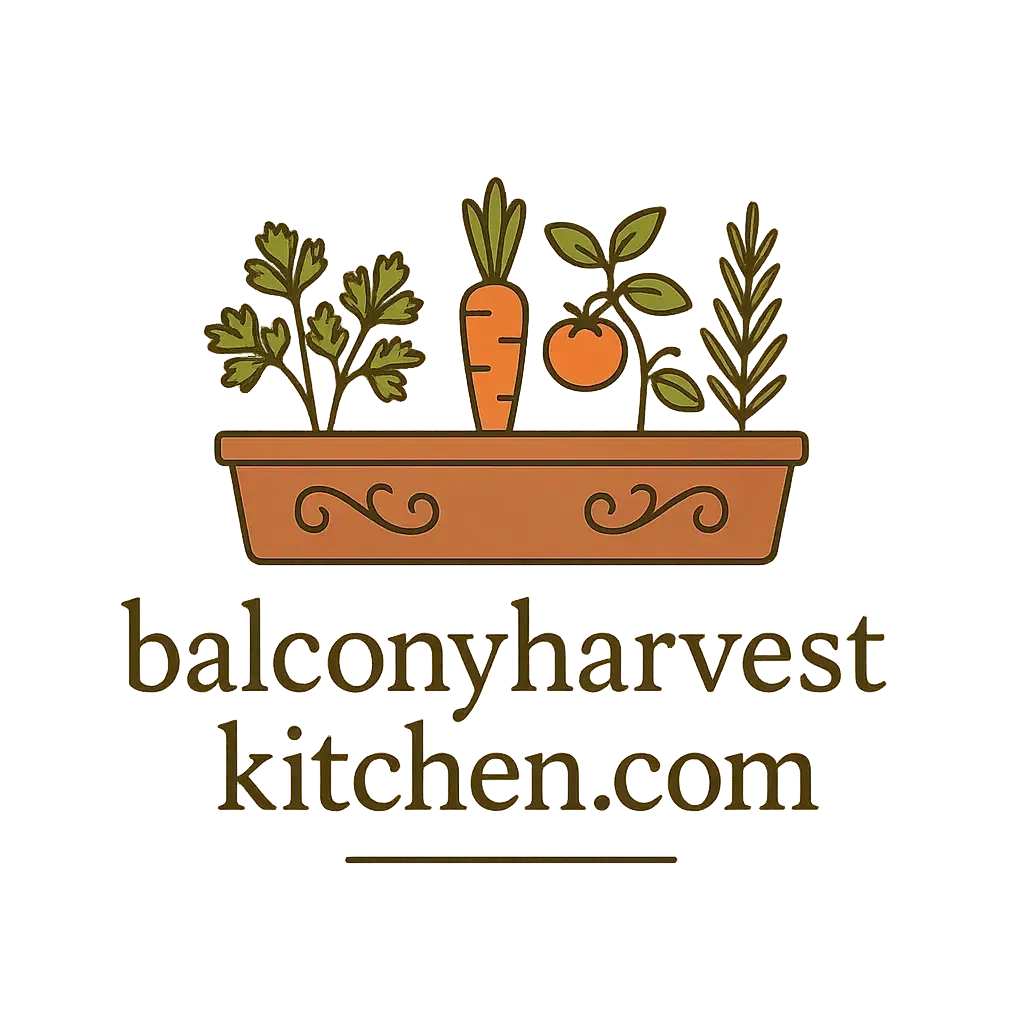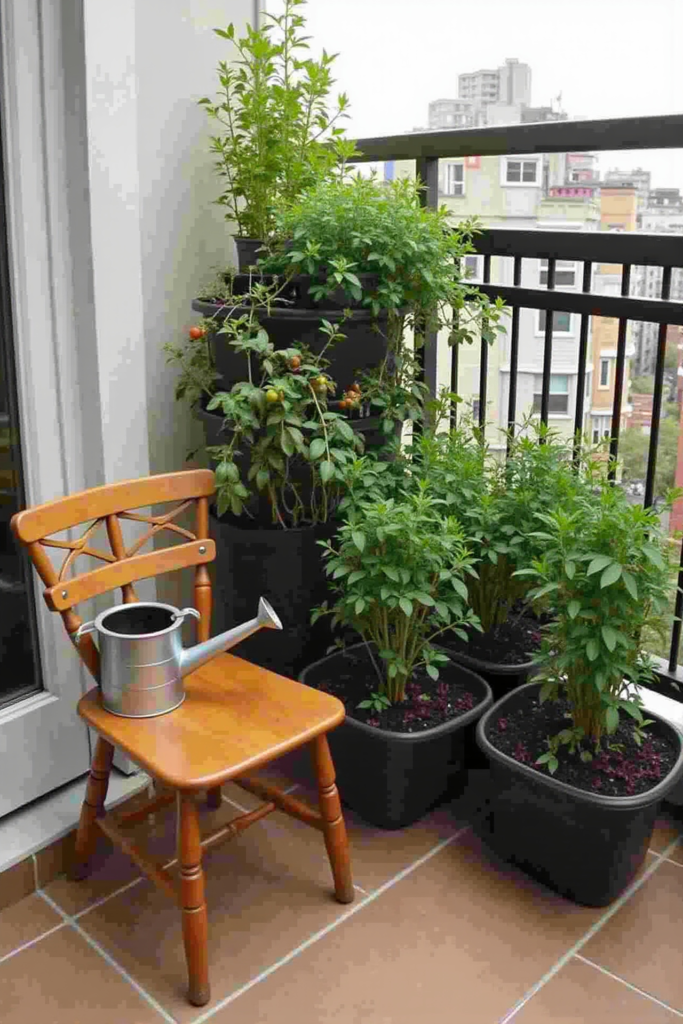Balcony Garden That Grows Real Food
Introduction
Transforming your balcony into a lush garden that produces genuine, fresh food is not just a rewarding hobby but a practical way to supplement your kitchen with crisp greens, juicy tomatoes, and fragrant herbs. If you love the idea of grabbing handfuls of homegrown produce just steps from your living room, this guide to creating a balcony garden that grows real food will help you turn limited space into an abundant oasis.
Why Start a Balcony Garden?
A balcony garden empowers you to grow your own vegetables, fruits, and herbs—even in an urban setting. Imagine harvesting crunchy lettuce for salads, snipping basil for pasta, or picking ripe strawberries for breakfast. This is an easy, cost-effective way to enjoy fresh, healthy ingredients and reduce grocery store trips, all while enhancing your living space with green beauty.
Choosing What to Grow in Your Balcony Garden
The key to a successful balcony garden is selecting crops that thrive in containers and compact spaces. Here are some of the best edibles for your setup:
- Leafy Greens: Lettuce, spinach, arugula, and kale are quick-growing and do well in shallow containers.
- Herbs: Basil, parsley, chives, cilantro, mint, and rosemary will fill your garden with fragrance and brighten any meal.
- Tomatoes: Cherry and dwarf tomato varieties thrive in pots with plenty of sun.
- Peppers: Bell, chili, and sweet peppers flourish in bright, warm spots.
- Radishes and Carrots: Choose round or baby varieties suited to container depth.
- Strawberries: These do wonderfully in hanging baskets or window boxes.
Ingredients
💡 Meal Planning Tip: Save this growing guide on CookifyAI to keep track of seed and plant needs alongside your meal plans, making shopping for garden supplies and groceries seamless!

Instructions
- Plan Your Space: Assess your balcony’s sunlight exposure. Most edible plants need at least 6 hours of direct sunlight, but some leafy greens and herbs will tolerate partial shade.
- Set Up Containers: Choose planters with good drainage. Group plants with similar sun and water needs together to simplify care.
- Fill with Soil: Use high-quality potting soil and mix in organic fertilizer for nutrient-rich planting beds.
- Plant Your Crops: Sow seeds or transplant seedlings according to packet instructions. Leave enough space for mature growth.
- Water Regularly: Keep soil consistently moist but not waterlogged—container gardens often need watering once or twice daily during summer.
- Feed and Prune: Fertilize monthly with a balanced organic fertilizer. Pinch off dead leaves and harvest regularly to encourage new growth.
- Support Climbing Plants (Optional): Install a trellis for tomatoes, beans, or cucumbers to maximize vertical space.
- Mulch for Moisture: Top the soil with mulch or pebbles to help retain moisture and keep weeds at bay.
Harvesting and Using Your Balcony Bounty
Most leafy greens and herbs can be harvested within weeks, while tomatoes and peppers may take a couple of months. Regular picking encourages continued production, ensuring a steady supply of fresh ingredients for your meals.
Nutritional Benefits and Sustainability
Homegrown produce is fresher and often richer in nutrients than store-bought counterparts. Balcony gardens promote sustainable, pesticide-free food, shrinking your carbon footprint while enriching your diet with vitamins and minerals.
Weekly Meal Planning
Incorporating a balcony garden into your meal planning is a game-changer. Save and schedule your garden harvests with CookifyAI to automatically generate smart shopping lists based on what you plan to pick and which recipes you want to make.
Planning Benefits:
- Track what’s ready to harvest and coordinate with your meal plans
- Reduce ingredient waste by prepping meals around your garden’s peak output
- Integrate homegrown produce with store-bought items for well-rounded shopping lists
- Organize menus for the week to maximize the use of fresh herbs and veggies at their best
Pro tip: When planning your week’s meals, use CookifyAI to sync your recipes with your expected harvests. If your basil and kale are both ready, plan for pesto or salads and let the app manage your shopping and prepping workflow!
Timeline to Fresh Food
- Prep and Planting: 1 day
- Seed Germination: 7-14 days (for most greens and herbs)
- First Harvest: 3-4 weeks for greens/herbs, 2-3 months for tomatoes and peppers
A balcony garden that grows real food is a practical, rewarding investment—delivering daily flavor, nutrition, and satisfaction from your smallest outdoor space. Happy growing!




